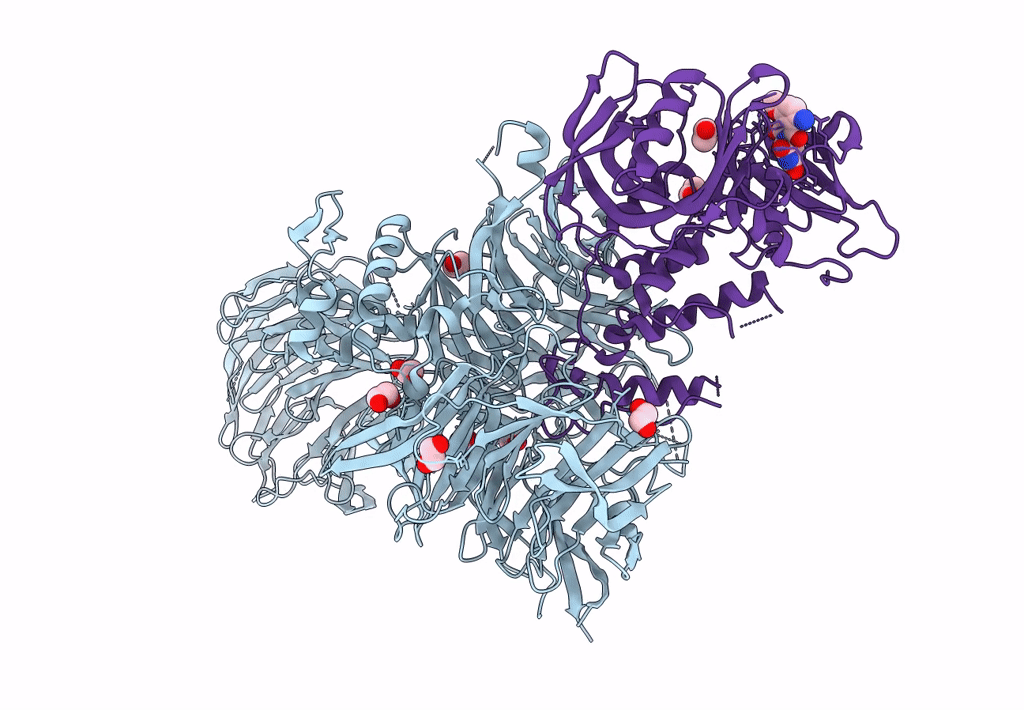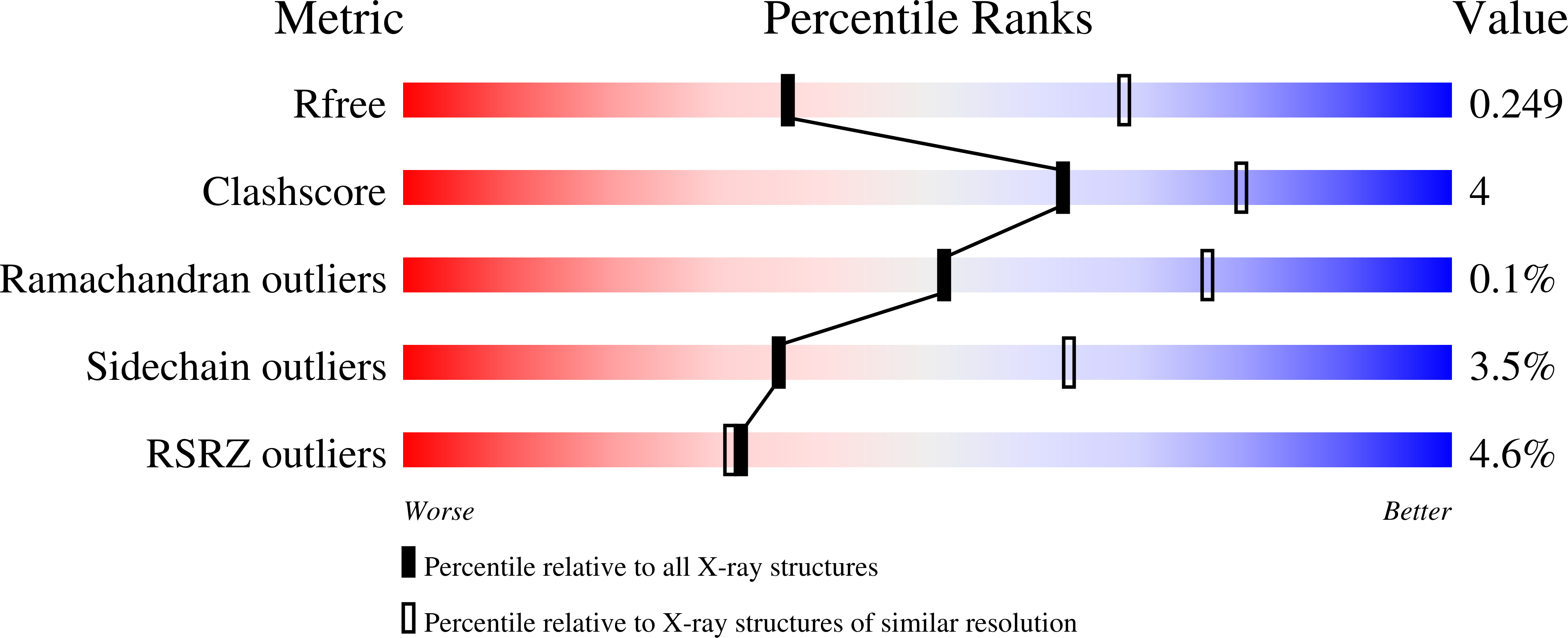
Deposition Date
2023-03-24
Release Date
2023-07-19
Last Version Date
2023-12-13
Entry Detail
PDB ID:
8OJH
Keywords:
Title:
Crystal structure of human CRBN-DDB1 in complex with compound 4
Biological Source:
Source Organism:
Homo sapiens (Taxon ID: 9606)
Host Organism:
Method Details:
Experimental Method:
Resolution:
2.72 Å
R-Value Free:
0.25
R-Value Work:
0.20
R-Value Observed:
0.21
Space Group:
P 21 21 21


